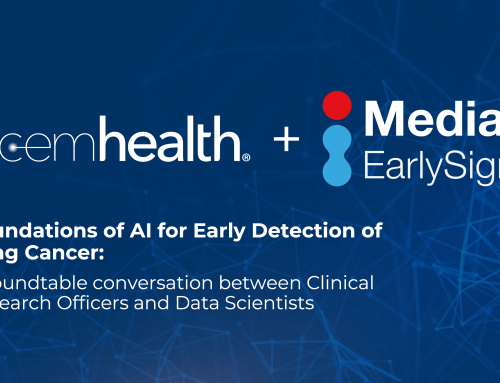
Advancements in Atrial Fibrillation Detection: Embracing IT Innovations
As we embrace the new year, we are presented with an opportunity to reflect on the advancements that can reshape patient care. One area that merits particular attention is the management of atrial fibrillation (AF) and atrial flutter (AFL), specifically in improving AF detection.
The Hidden Risk of Atrial Fibrillation and Atrial Flutter
These arrhythmias are not mere hiccups in the heart’s rhythm; they are harbingers of serious complications, most notably stroke and heart failure. Our latest white paper, “Harnessing Health IT Solutions to Illuminate the Hidden Burden of Atrial Fibrillation,” delves into the challenges and solutions surrounding the underdiagnosis of these conditions.
Critical Need for Enhanced Atrial Fibrillation Detection
AF and AFL contribute significantly to stroke and heart disease morbidity.
- The American Heart Association has reported that AF is present in almost 1 in 4 patients experiencing an ischemic stroke. [1]
- AF can exacerbate several cardiovascular conditions, including heart failure, hypertension, coronary artery disease, and cardiomyopathy, significantly increasing the risk of morbidity and mortality.
These risks underscore the critical need for accurate and consistent ECG interpretation.
Overcoming ECG Interpretation Challenges in Clinical Practice
In clinical practice, the challenge of identifying AF and AFL through ECG interpretation is unexpectedly significant. A 2020 study published in JAMA Internal Medicine found that doctors at all levels of training struggled with ECG interpretation, despite educational interventions. [2] This issue is compounded by the fact that many patients with AF and AFL are asymptomatic and may not exhibit any clinical signs that would prompt a more in-depth ECG analysis or continuous monitoring.
The Role of Health IT in Closing the Detection Gap
Health IT solutions, including software tools that assist in ECG analysis, can help bridge the gap in detection. These tools can provide a second set of ‘eyes’ to help clinicians diagnose AF and AFL more consistently. When integrated into clinical practice, they can alert healthcare providers to the potential presence of these arrhythmias, leading to better patient outcomes through timely and appropriate treatment.
Predictive Analytics and Risk Stratification
Through predictive analytics, we can help clinicians to target and treat at heightened risk of complications from AF and AFL. For example, scoring systems like CHA₂DS₂-VASc and HAS-BLED help clinicians to balance the risks and benefits of anticoagulation therapy for stroke prevention.
After a year when the promise of AI captivated health IT conversations, it is not difficult to make a compelling case for the integration of automated systems and predictive models in tackling burden of undiagnosed and uncharted AF and AFL.
Embracing the Future of Heart Health
We invite you to download the full white paper to explore the evidence, understand the impact of AF detection, and learn how new software tools can lead to better and more timely treatment options for patients with AF and AFL. Together, we can reduce the morbidity associated with these conditions and pave the way for a future where every heartbeat counts towards a healthier tomorrow.
